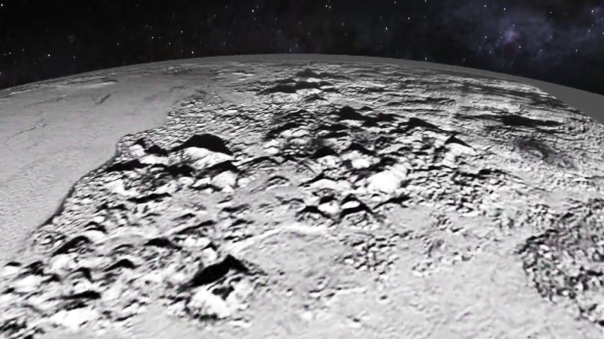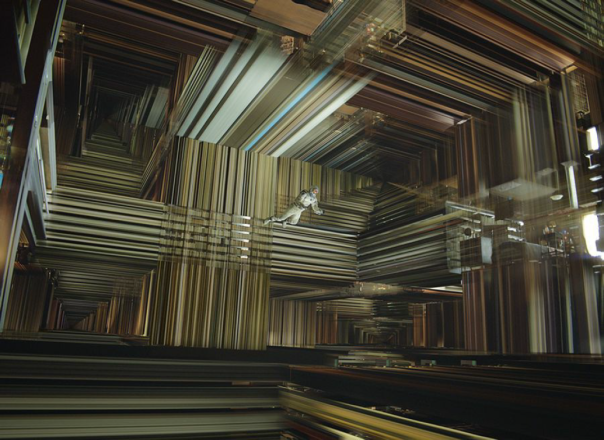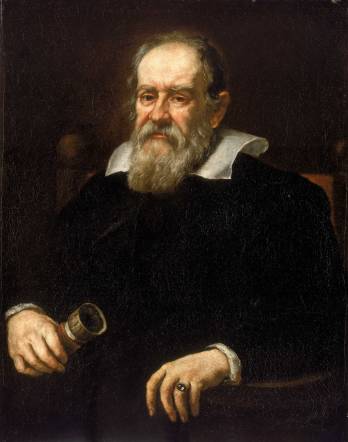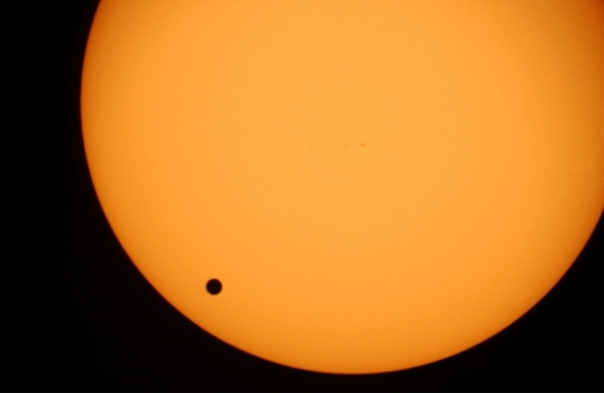
my little brother wants to be an astronaut and swim in the shadows of titan and calypso in the silk sheen shadow of saturn but sometimes we face-off across the little coffee table with the etch marks i made when i was ten and the ones he made when he was ten.
“i have so many questions,” he says.
“i know. i want to talk to you about gravity waves. but you have to learn about the nitrogen cycle now.”
his science book is splayed open hopelessly on the table between us. plants and animals need nitrogen to live. it helps plants make chlorophyll, which lets them make food and energy.
“read that again,” i urge.
“i don’t get it…” he’s eleven.
“do they just want you to memorize it?”
“i think so… it’s so hard.”
he huffs, crossing his arms. i decide to try something different.
“ok…” i venture. “what do you wanna learn about?”
instantly his eyes alight. “black holes… and dark matter… and why haven’t we found aliens yet?”
“whoa there buddy… one at a time. let’s see… let’s start with something simple. do you know how the seasons work?”
“yeah! i read about it in encyclopedia brittanica. it’s because earth is kinda tilty so one side is closer to the sun in the summer and the other side is far away from the sun in the winter.”
i chuckle. “you know, it isn’t really about how close it is. it’s all about how much direct sunlight it’s getting.”
“ahhh….” he leans back heavy in his chair, he is chubby. “that makes sense ok. now gravity waves i saw it on your facebook.”
i spend the night telling him all i know about “gravity waves”. how they were theorized by einstein 100 years ago and how we can finally hear them. how two black holes got married more than 1 billion years ago and this is the whispering of their love. i tell him he should read more brittanica. i am frustrated. why isn’t he allowed to talk about how cool science is at school? instead of memorizing the nitrogen cycle without understanding the science behind it, why don’t they invest in the inherent human curiosity that these kids clearly have? instead of squashing it out like an ant or a cockroach? here in my hometown of beirut, there is a painfully apparent lag in scientific literacy among all age groups. people don’t understand global warming. they don’t think evolution is “real” to “provable”. they don’t understand the scientific method. they want to stay in their bubble and ingest blindly the politics of their religious leaders. they don’t want to look up at the sky and wonder. in the pedagogy seminar we talk a lot about the importance of instilling a love for scientific curiosity and inquisitiveness at a very young age. if we can’t satiate kids’ curiosities, at the very least we ought not to siphon them dry by wrongful and misguided attempts at teaching science.










